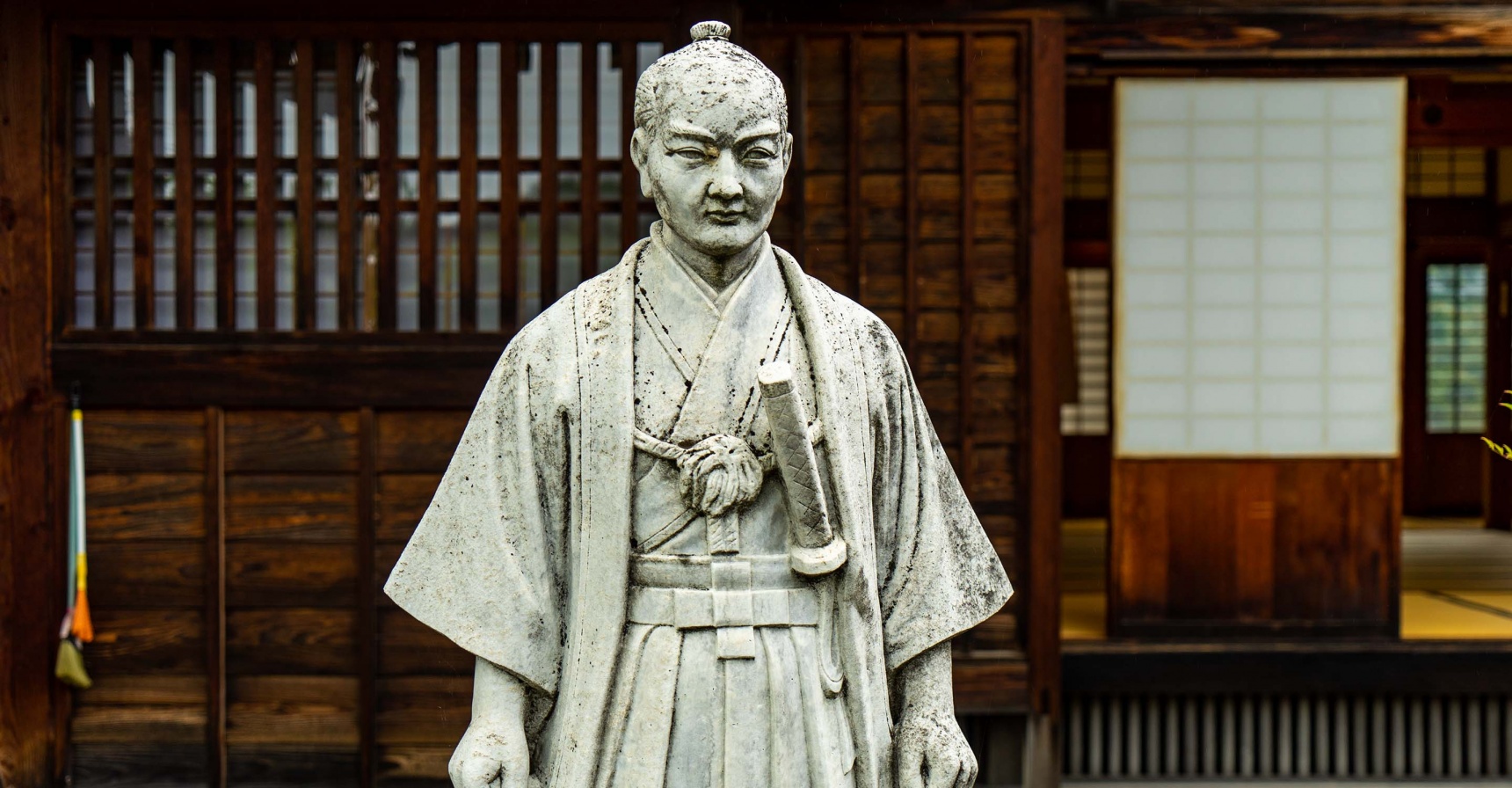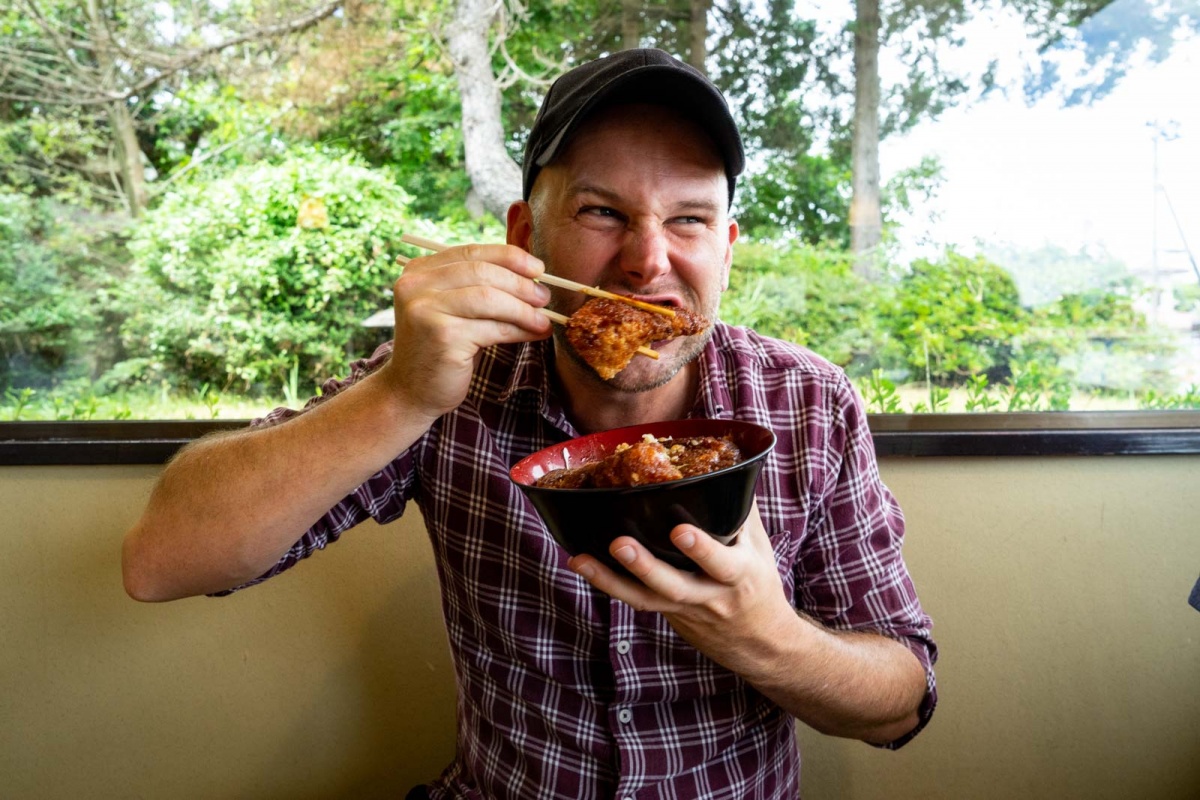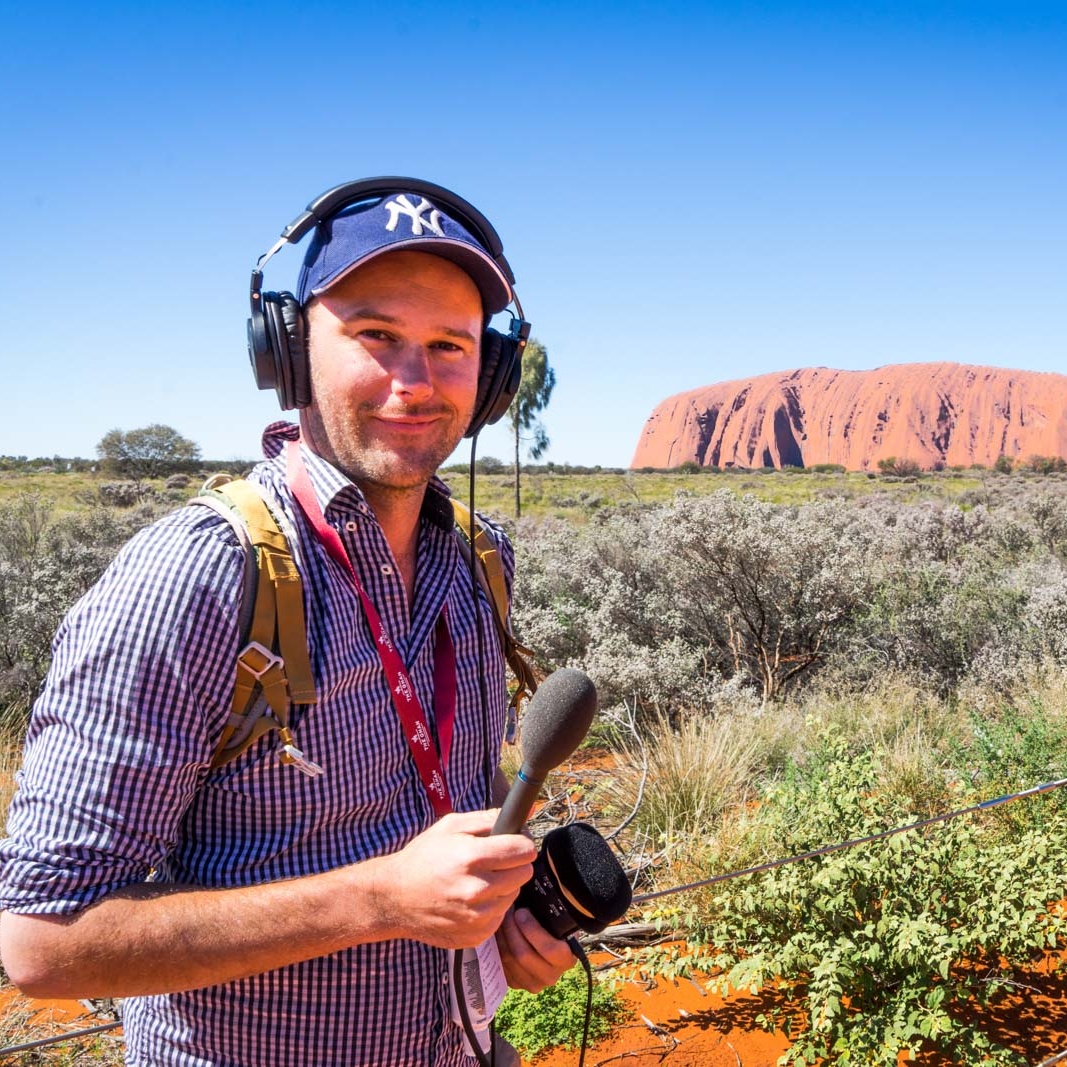The Last Samurai of Aizuwakamatsu
As fire raged in the city below them, the small group of teenage warriors watched on in horror.
The year was 1868 and the Boshin War – also known as the Japanese Revolution – had made its way north to the the city of Aizu.
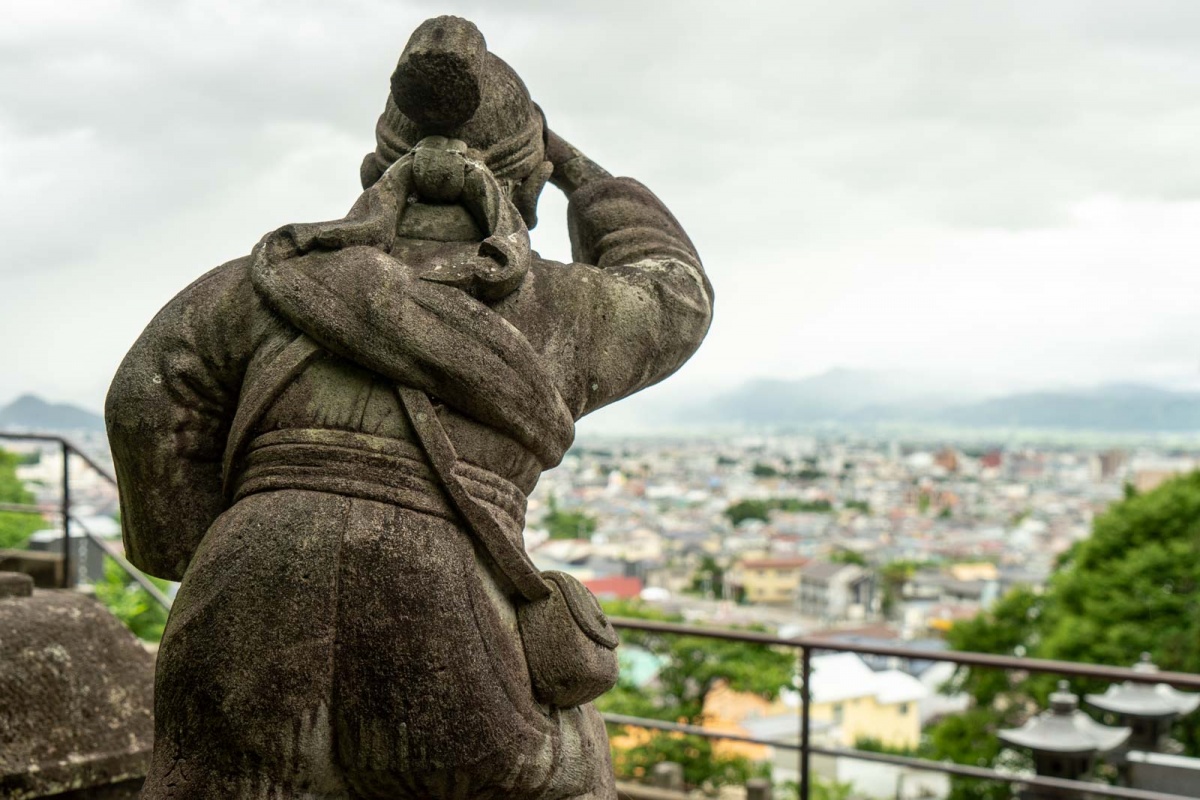
https://www.timetravelturtle.com/samurai-history-aizu-japan/
This group of about 20 teenagers had been in the thick of it, fighting for their home and their honour, but had retreated to a viewpoint on a hill to assess the situation.
When they saw the fire, they thought their castle – the last stronghold – had fallen. The enemy may have taken their home, they thought, but it could never take their honour. The youngsters took out their swords and their knives… and killed themselves in a ritual suicide.
This military unit of 16 and 17-year-olds was called the ‘Byakkotai’ and their mass suicide has become the most famous story of the Battle of Aizu.
It’s made even more tragic because they were actually wrong – the castle had not fallen. Some of the city was on fire and that made it look like the stronghold was also alight. Their honourable deaths were unnecessary.

https://www.timetravelturtle.com/samurai-history-aizu-japan/
But, although this story may be the most memorable, it’s what the Battle of Aizu represented that is the most important.
The Aizu Clan was locked in battle with the Imperial Army, who were trying to restore the power of the Japanese Emperor to rule the country. Aizu was on the side of those who wanted to keep the shogunate system, where power lay in the hands of feudal lords.
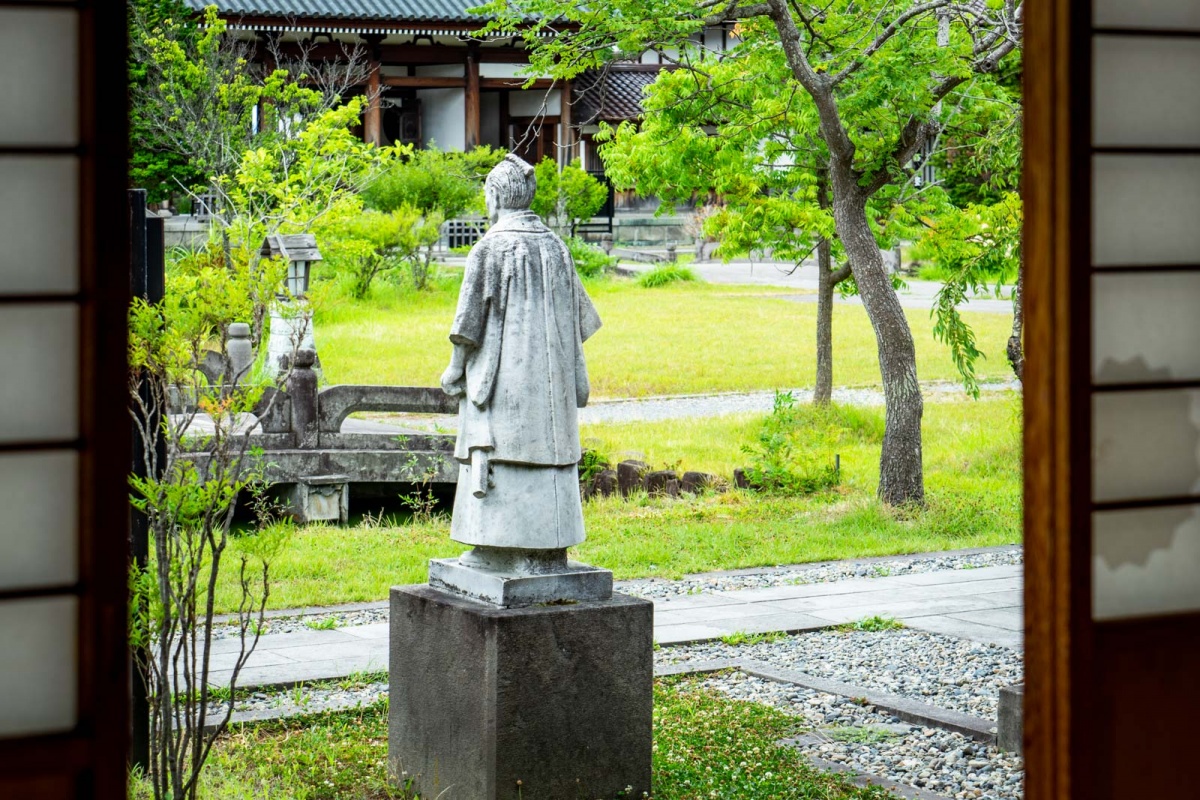
https://www.timetravelturtle.com/samurai-history-aizu-japan/
This battle here would be one of the last. The castle at Aizu was besieged and, after a month, the rulers surrendered. It was the beginning of the end and it wouldn’t be long until the Emperor Meiji was able to take control of all of Japan.
Meanwhile, the armies of Aizu and its allies were banished, stripped of all status. These warriors had been a critical part of Japanese society for centuries but those here in Aizu were the last.

https://www.timetravelturtle.com/samurai-history-aizu-japan/
Who were they? Well, of course, I’m talking about the samurai. The legendary Japanese warriors who were so intertwined with the story of this country would finally come to an end here.
Aizu is the story of the last samurai.
The Samurai History in Aizu
The city of Aizu, which is now called Aizuwakamatsu, has long ago thrown off the shame of being on the losing side of the Japanese Revolution. Now the city celebrates its samurai heritage.
And, if you’re interested in learning more about the samurai, it is a perfect place to do that. There are lots of very well-restored historical sites, mixed with fun experiences, and authentic culture.
Tsuruga Castle
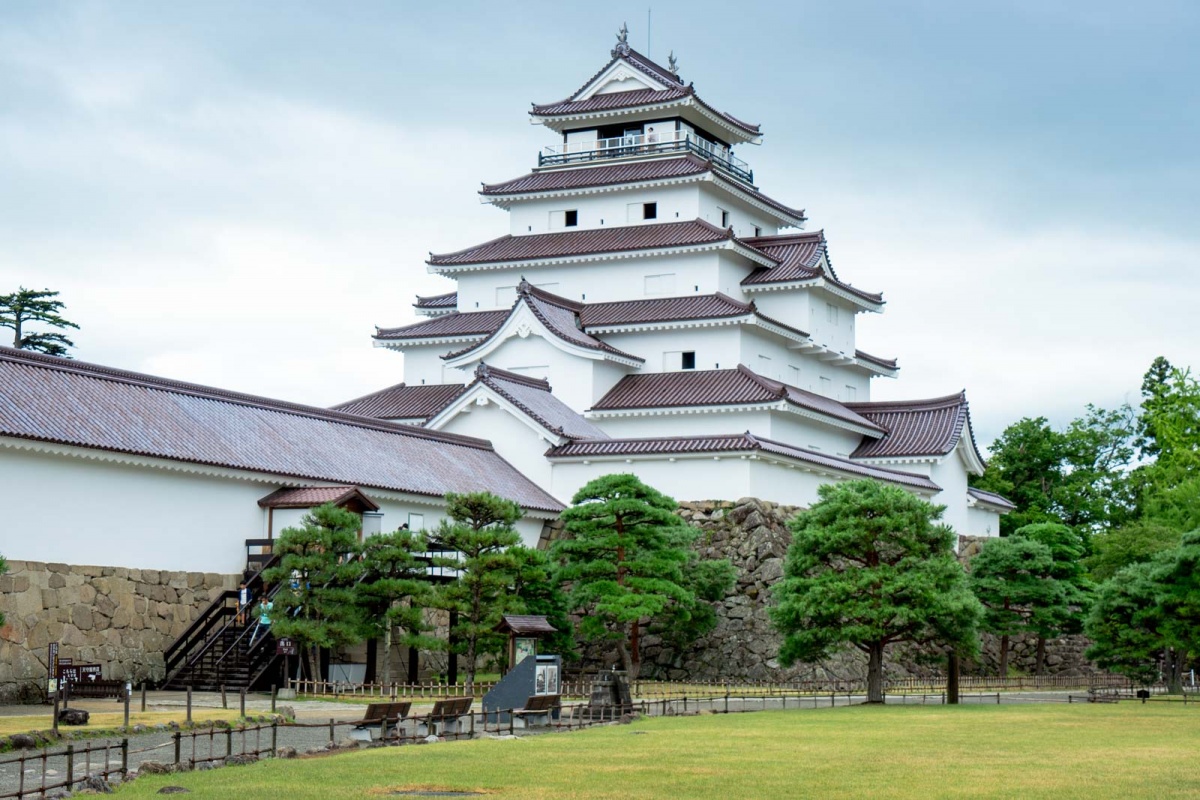
https://www.timetravelturtle.com/samurai-history-aizu-japan/
The most prominent site in Aizuwakamatsu is Tsuruga Castle (the one the Byakkotai thought had burned down).
The first castle on the site had been built in 1384 and there had been several versions of it by the time of the Battle of Aizu, in which it was badly damaged. After the war, the new government demolished what was remained and it was left in ruins for almost a century.
What you see today is a reconstruction of how Tsuruga Castle looked from 1639 until it was destroyed. It’s five storeys high and you can go inside and climb to the top.
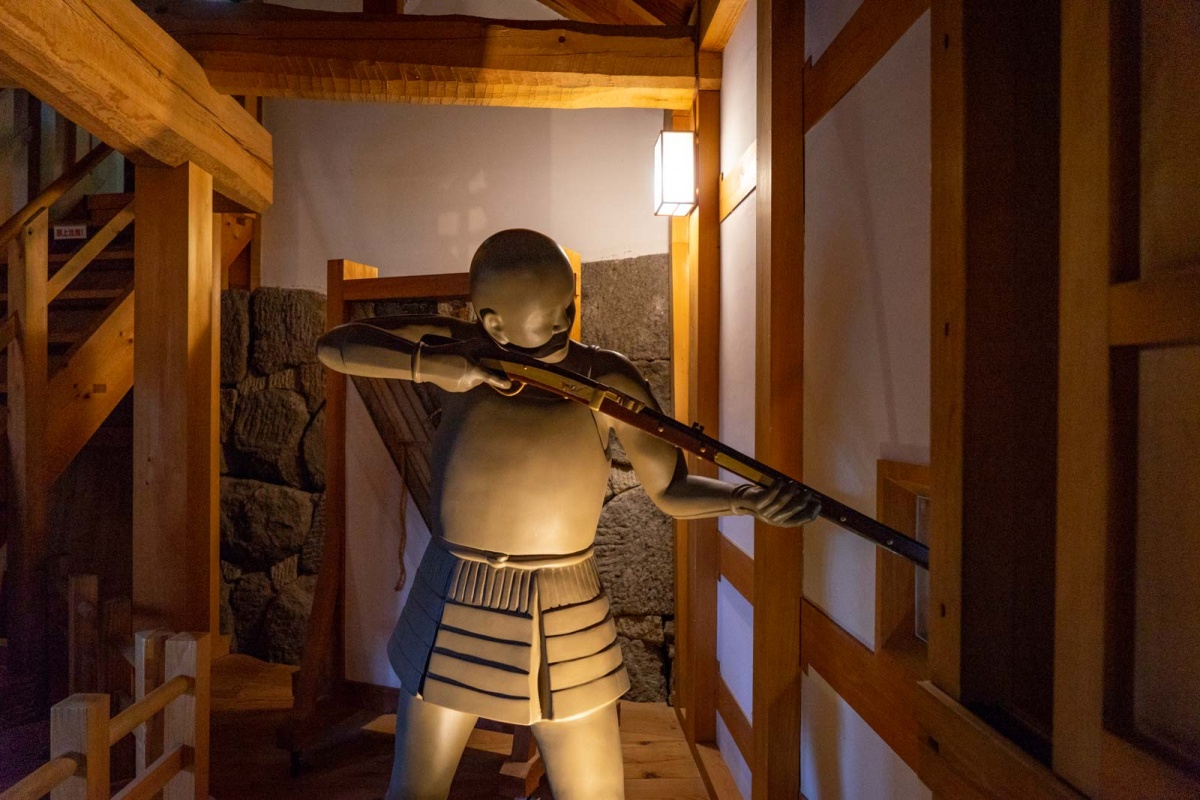
https://www.timetravelturtle.com/samurai-history-aizu-japan/
There’s a museum inside with an exhibition telling the history of the site and, at the top, you get excellent panoramic views across the city. These days, you’ll also find a nice tea room in the castle complex, which is a tribute to one of the 16th century rulers who was a famous tea master.
Butokuden
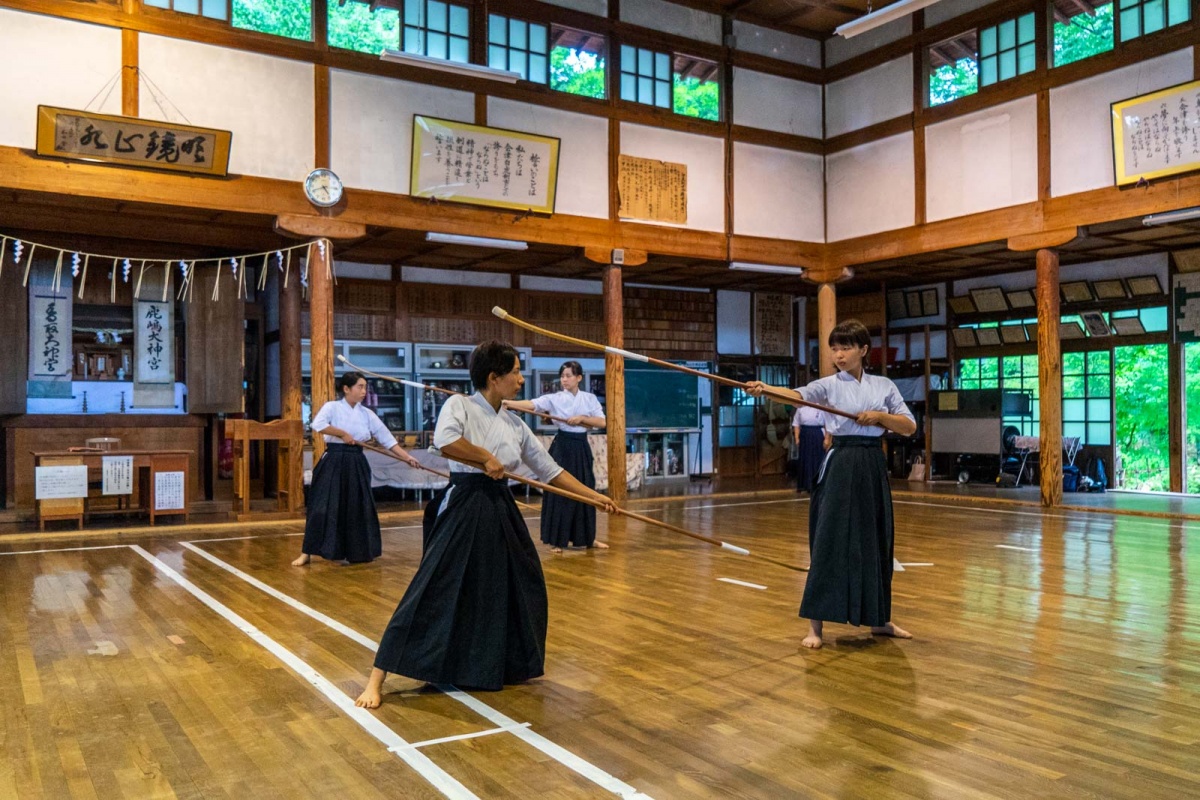
https://www.timetravelturtle.com/samurai-history-aizu-japan/
Just outside the walls to the castle, on the city side of the moat, is the Butokuden. It’s a martial arts dojo that was built here in 1934.
Make sure you have a look as you go past to see if there’s anything happening inside. With any luck, you’ll see some youngsters practising kendo, the Japanese martial art with a wooden sword, or with a naginata, a spear-like weapon that was favored by female warriors. The samurai may have gone but their spirit lives on.
Nisshinkan Samurai School
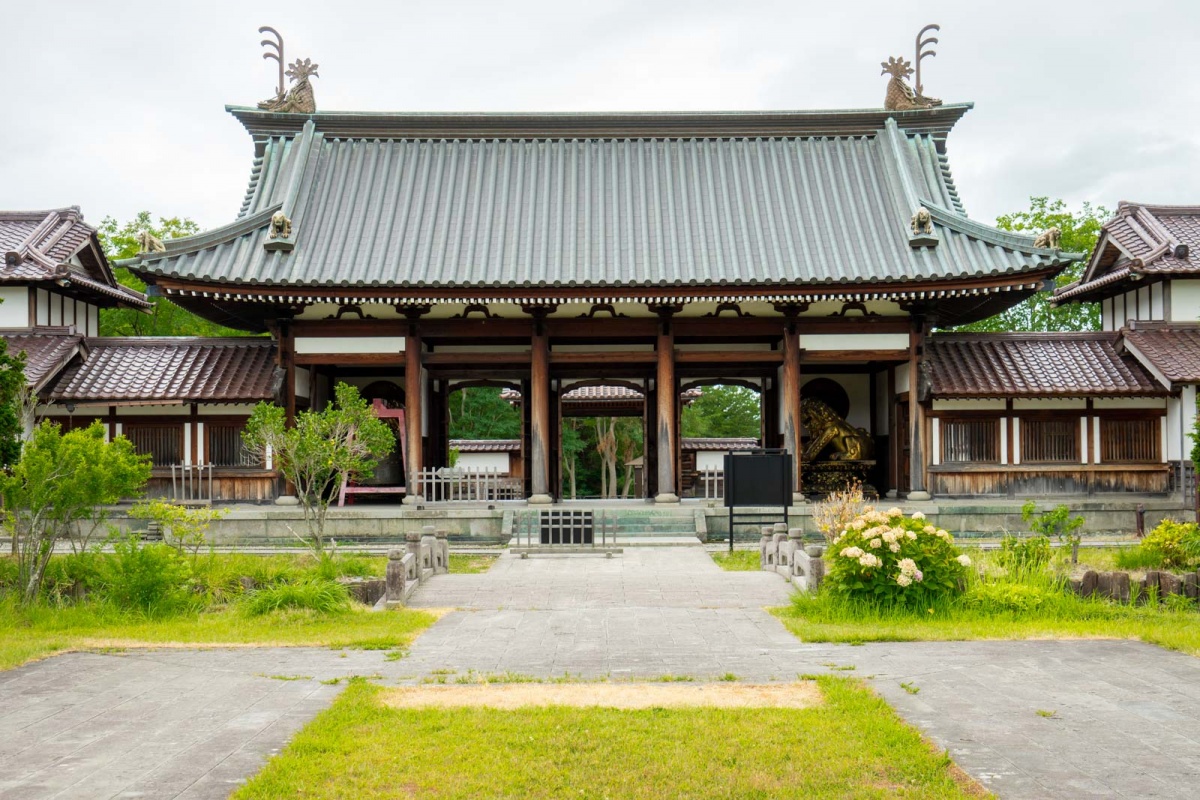
https://www.timetravelturtle.com/samurai-history-aizu-japan/
The samurai in Aizu had a strong tradition of encouraging youngsters. In 1803, the feudal lord here established a special school for the children of the samurai where they would do their normal lessons – and learn how to fight!
The school was called the Nisshinkan and it was built right next to Tsuruga Castle. During the Boshin War, it was burned down, but an exact replica has now been rebuilt in another part of the city so you can visit.

https://www.timetravelturtle.com/samurai-history-aizu-japan/
This is the school where the Byakkotai teenagers would have trained. There’s a pool, an archery field, and a shooting range. In one of the rooms, there’s even a sign that points out that the students were taught how to kill themselves. The school complex is quite large and it’s definitely worth visiting. You can even try your hand at archery to see how good a samurai you would have been!
Aizu Bukeyashiki Samurai Residence
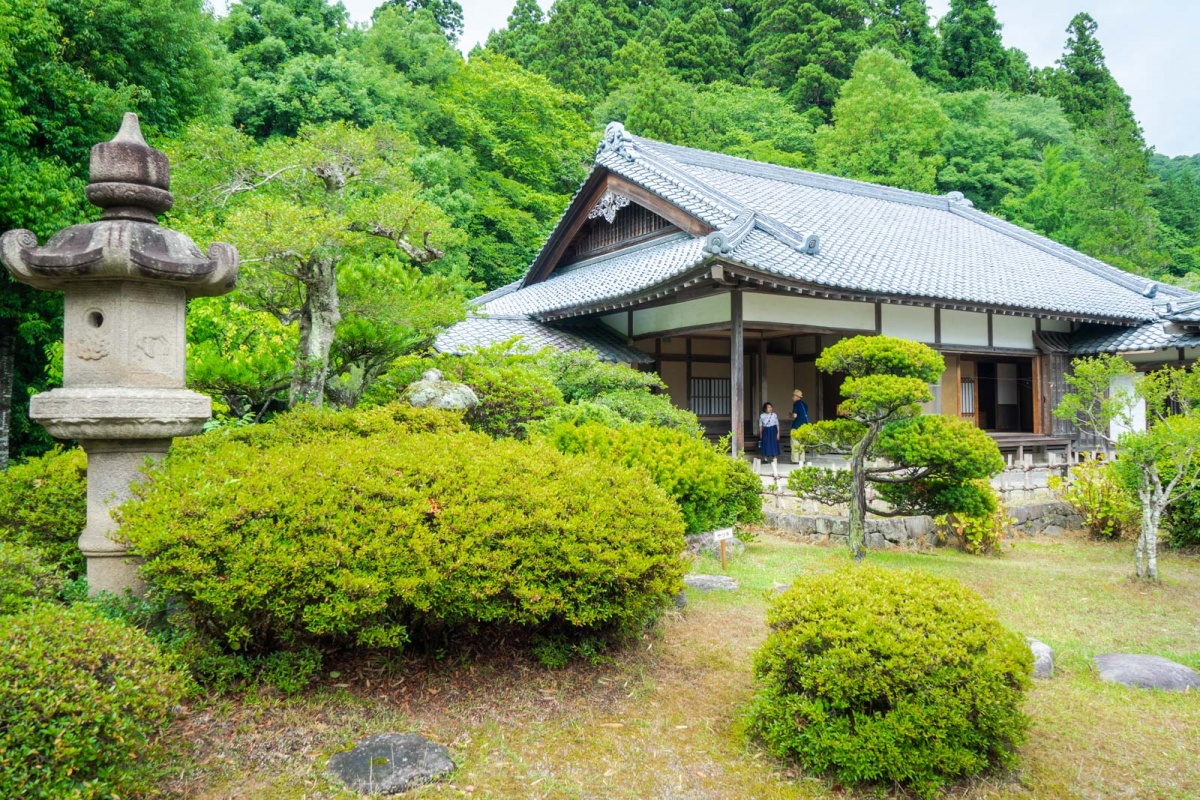
https://www.timetravelturtle.com/samurai-history-aizu-japan/
While we mostly think of the samurai as being warriors, it’s important to also understand that they were part of the elite ruling class in the Japanese shogunate. Many of these samurai were quite wealthy and they owned large estates where their extended family and staff lived. You can visit one called Aizu Bukeyashiki to get a sense of what they were like.
This samurai residence is a restoration of one that burned down during the Boshin War. It has 38 rooms spread out over about three acres.
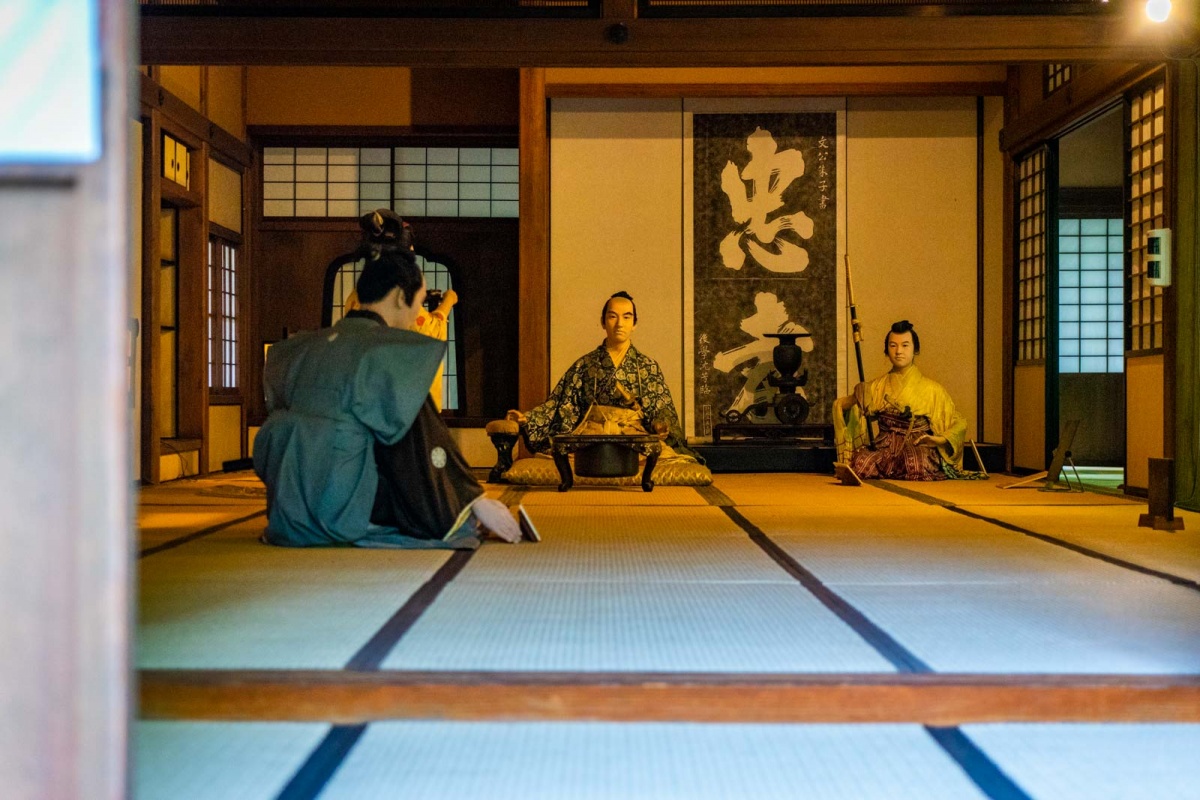
https://www.timetravelturtle.com/samurai-history-aizu-japan/
What’s interesting is to see the intersection of the public with the private. The family lived in traditional comfortable rooms in one part of the residence, while there were ornately-decorated formal entertaining rooms at the other end. I was particularly impressed with the private bathroom for the samurai that was built without rafters so that ninjas couldn’t hide there and kill anyone going to the toilet!
Mount Iimori
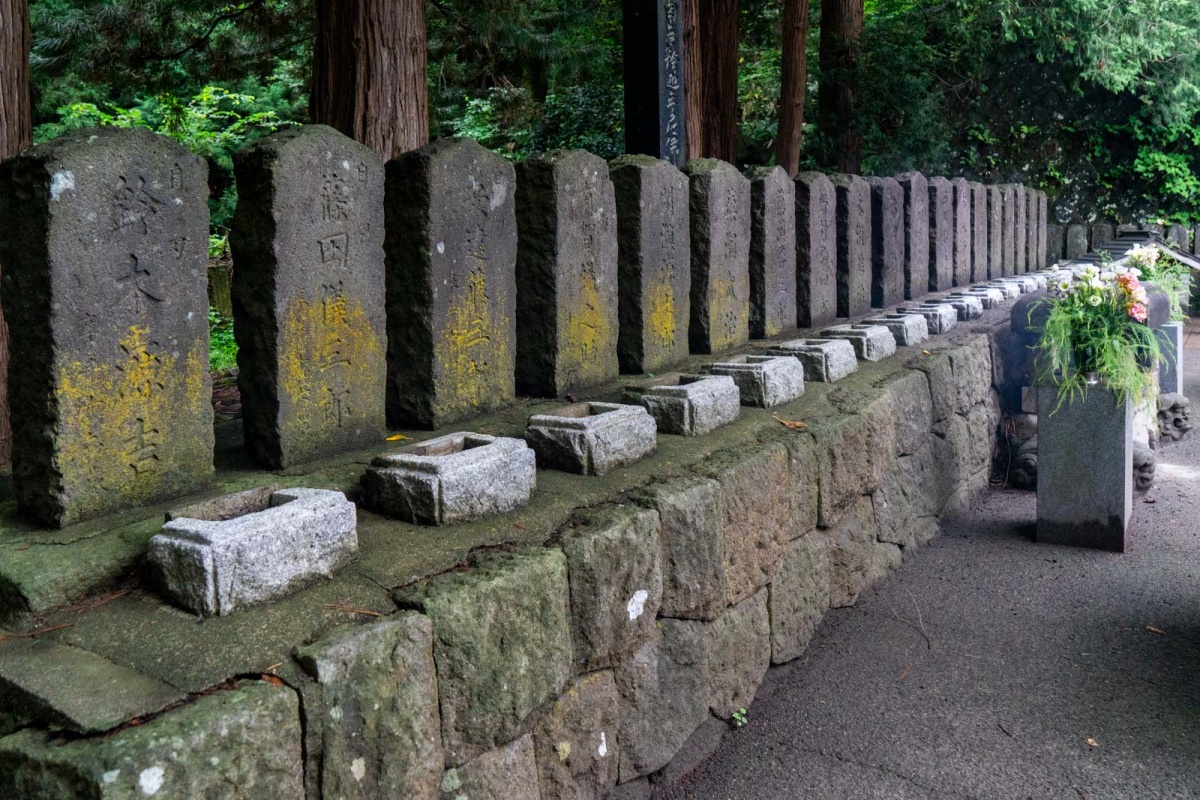
https://www.timetravelturtle.com/samurai-history-aizu-japan/
When the Byakkotai teenagers retreated up a hill to get a view of Aizu, it was Mount Iimori that they chose to climb. The mountain has become famous as the location of their ritual suicide and there’s a large memorial to the teenagers here that is worth seeing. It wasn’t always this way, though. For a while, the children were considered to be cowards by the people of Aizu. It was only after some time that the story evolved into one of honour.

https://www.timetravelturtle.com/samurai-history-aizu-japan/
One day, the Italian leader Mussolini heard about the story of the Byakkotai. He was so impressed with their devotion and ultimate sacrifice that he donated a column from the Archaeological Site of Pompeii and you can still see it standing here today. Mount Iimori has some other sights as well. As you arrive, you’ll see some beautiful shrines surrounded by trees with a stream flowing past.

https://www.timetravelturtle.com/samurai-history-aizu-japan/
Go up the stairs and you’ll find a temple called Sazaedo. It has a special design with a double-helix staircase that means you will walk up and down without passing anybody else. It’s quite a cool experience.
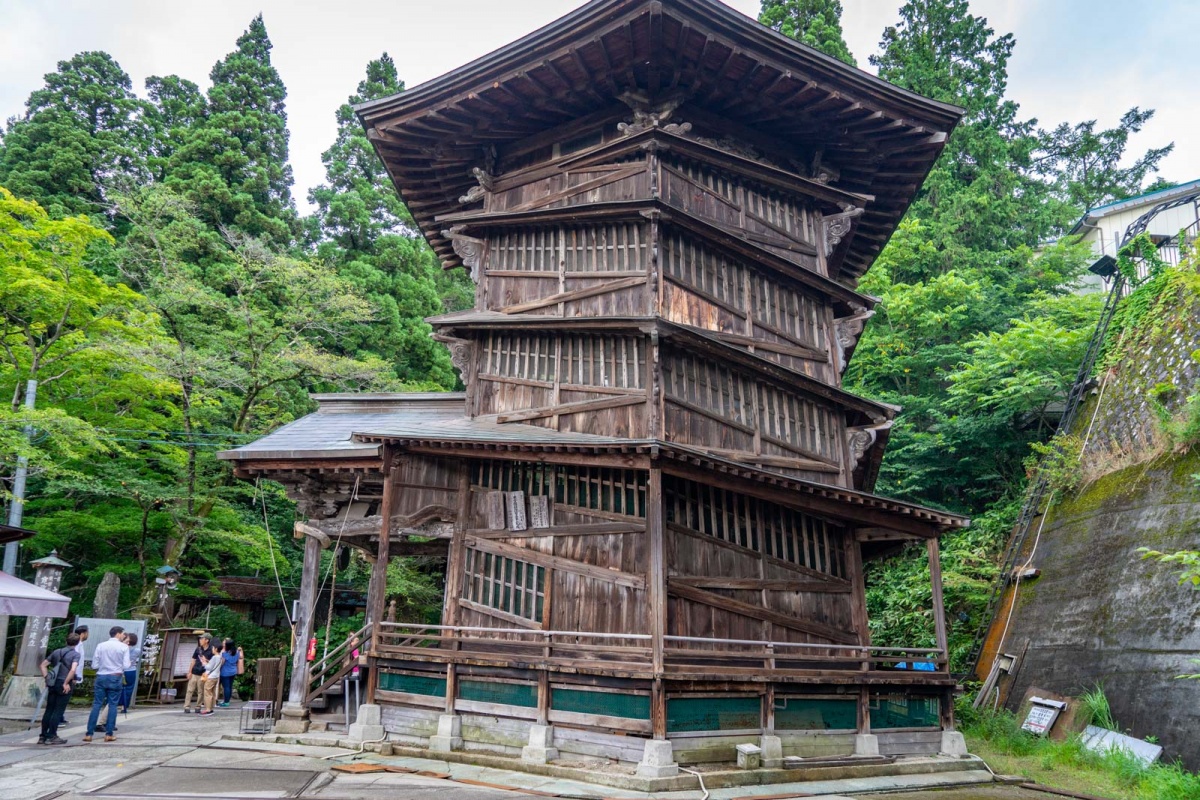
https://www.timetravelturtle.com/samurai-history-aizu-japan/
At the top, after you’ve seen the memorial, you can go down to the exact spot where the mass suicide took place. It is now an unrelated graveyard but there’s a small statue to mark the location.
Nanukamachi Street
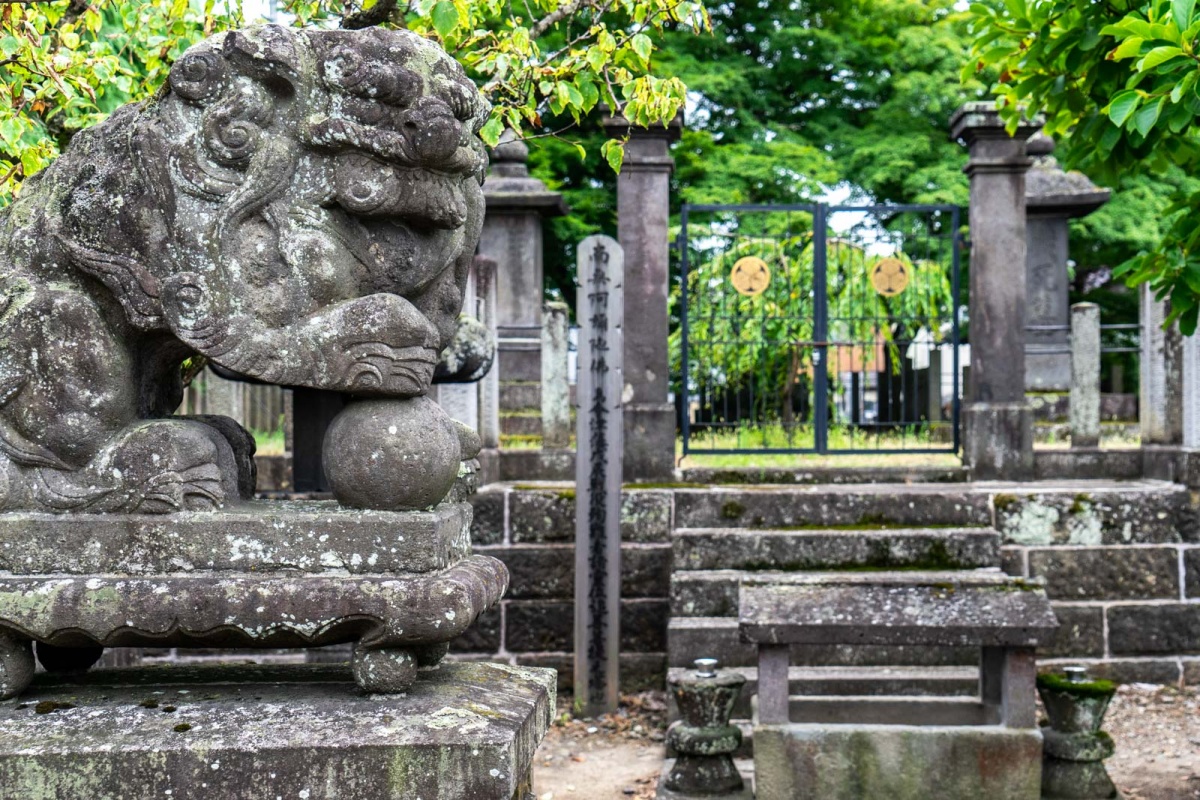
https://www.timetravelturtle.com/samurai-history-aizu-japan/
As you explore the streets of Aizuwakamatsu – and there are a lot of interesting things to see around the city centre – make sure you take a stroll down Nanukamachi Street.
It is one of the historic parts of the city and still has quite a few landmarks relating to the Boshin War. Look out for the cemetery of the Togun, the grave of Shinsengumi’s Saito Hajime, and the remnants of Shimizuya Ryokan.
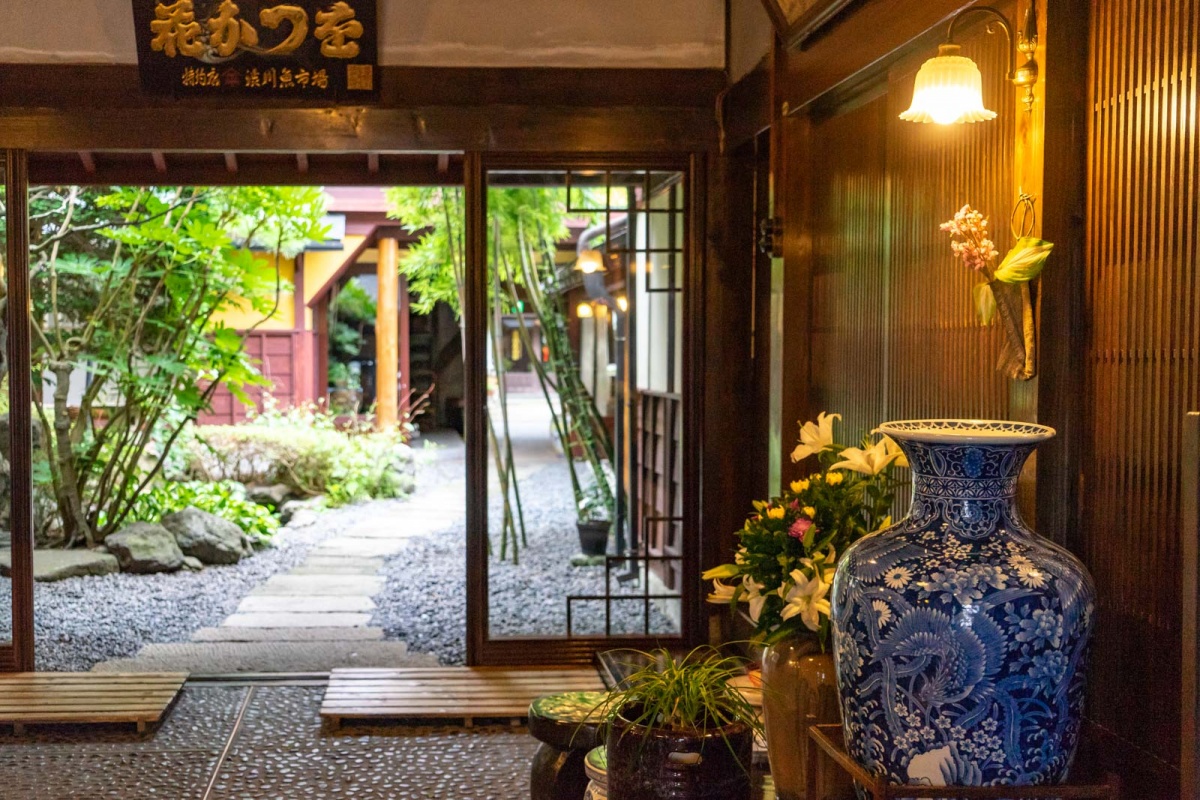
https://www.timetravelturtle.com/samurai-history-aizu-japan/
This is also one of the best parts of the city to find local handicrafts, regional food and drink, and other souvenirs. The shops along Nanukamachi Street include a confectionary, a teahouse, and a lacquerware store.
Visiting Aizuwakamatsu
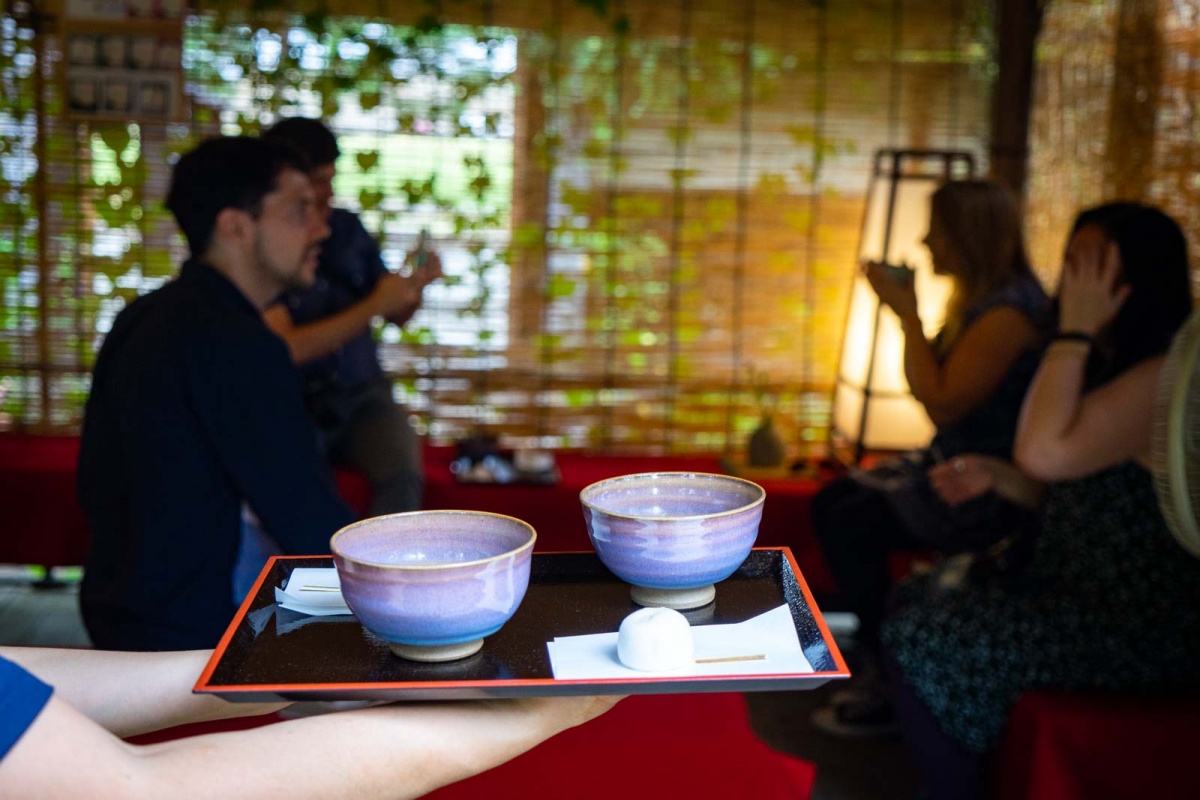
https://www.timetravelturtle.com/samurai-history-aizu-japan/
For some reason, Aizu-Wakamatsu hasn’t really been on the tourist radar until recently. Possibly that’s partly because it’s not on the Shinkansen line – but, then again, it’s still very close to Tokyo and takes less than three hours by train.
Perhaps it’s also partly because it doesn’t have any of the big sights that visitors want to see on their first trip to Japan, like Kyoto or Nara. But, having now spent some time here, I think that’s where the charm lies.
By not having hordes of tourists, Aizu-Wakamatsu has maintained its authenticity and small city feel. There’s a wonderful tradition of hospitality in Aizu and everyone I met was as friendly as you could hope. Yet there is still so much to see and do! In a large part, this is because of the samurai heritage, but there are plenty of other fascinating historical and cultural sites here.
Plus, there’s the food! I love Japanese food and I’ve eaten a lot of it – but I was so impressed with the local dishes and the background of the regional cuisine in Aizu. I’m going to write a whole separate story about the food soon because I’ve got so much to share!
I would recommend considering a visit here for your next trip to Japan. It’s a great place if you’re looking for a part of the country with a rich heritage, delicious food, off the beaten path, but easily-accessible from Tokyo.
The samurai had an expression: “Samurai die for loyalty, they don’t live with shame." When you see the city they were trying to defend, you can start to understand why they were determined to protect it.
Disclaimer
Time Travel Turtle was supported by All About Japan and Aizuwakamatsu, but the opinions, over-written descriptions and bad jokes are his own.
Editor's Note
All photos were provided by Michael Turtle.
Read the original article—and join Michael as he wanders the globe in a fruitless attempt to quench his insatiable appetite for travel and adventure—at his expertly curated blog, Time Travel Turtle.


